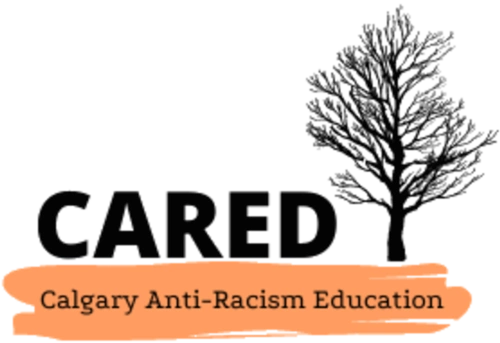
Donate to the Linda McKay-Panos Scholarship Fund

Donate to the Linda McKay-Panos Scholarship Fund


“Racism is based on the concept of whiteness—a powerful fiction enforced by power and violence. Whiteness is a constantly shifting boundary separating those who are entitled to have certain privileges from those whose exploitation and vulnerability to violence is justified by their not being white” (Kivel, 1996, p.19).
In Alberta, the word “white” is sometimes used to refer specifically to skin colour or “race.” This may appear like the reinforcement of the old (and racist) categories of European imperialism, and in some cases, it may in fact be meant that way. But in our experience, we have found that when people refer to “white people” (either in self-identification or identifying individuals/groups), it is actually being used as a shorthand reference to whiteness; that is, to the social meaning that we have attached to this concept. It is used as a shorthand for the privileges and power that people who appear white receive because they are not subjected to the racism faced by people of colour and Indigenous people.
It is important to notice the difference between being “white” (a category of “race” with no biological/scientific foundation) and “whiteness” (a powerful social construct with very real, tangible, violent effects). We must recognize that race is scientifically insignificant . Race is a socially constructed category that powerfully attaches meaning to perceptions of skin colour; inequitable social/economic relations are structured and reproduced (including the meanings attached to skin colour) through notions of race, class, gender, and nation.
Ruth Frankenberg defines whiteness as “a dominant cultural space with enormous political significance, with the purpose to keep others on the margin. … [W]hite people are not required to explain to others how ‘white’ culture works, because ‘white’ culture is the dominant culture that sets the norms. Everybody else is then compared to that norm. … In times of perceived threat, the normative group may well attempt to reassert its normativity by asserting elements of its cultural practice more explicitly and exclusively (qtd. in Estable, 1997, 21).
An example of this normative whiteness was the furor concerning Baltej Singh Dhillon’s fight to wear a turban, for religious reasons, as part of his RCMP uniform. The argument that the Mountie uniform was a “tradition” that should not be changed belied white Canadians’ perceptions of Sikh people and communities of colour as “threatening” their position of privilege in Canada.
↳ Click here to learn more about the Baltej Singh Dhillon Case.
Whiteness is multidimensional, complex, and systemic:
↳ Click here to explore our glossary definitions of White Fragility, Whiteness, White Privilege/White-Skin Privilege & White Supremacy




2500 University Drive NW
Calgary, AB T2N 1N4
(403) 220-2505
aclrc@ucalgary.ca